Hong Kong is catching up with other APAC markets to embrace sustainability
By Michael SmithGovernments around the world are putting policies in place to curb carbon emissions in line with the Paris Agreement on climate change. With a significant proportion of the urban population spending much of their time in commercial buildings, the onus is on the real estate industry to provide sustainable properties that will mitigate negative environment impacts. Many countries in the Asia Pacific region are implementing aggressive measures to address environment challenges such as rising carbon emissions, which is spurring the introduction of incentives to construct green buildings. Hong Kong is no different; it continues to make strides to protect its world class status through its sustainable development as a ‘smart city.’
Hong Kong is making strides
In early 2017, the Hong Kong government released its Climate Action Plan 2030+ report, which sets out Hong Kong’s carbon emissions reduction target for 2030. As buildings account for about 90% of electricity consumption in Hong Kong, there is great potential to achieve the government’s ambitions through direct measures in the built environment, such as energy efficiency improvements, fuel switching, and the use of renewable energy.
As part of the Climate Action Plan, Hong Kong launched its feed-in tariff (FiT) scheme in late 2018, an incentive program encouraging the use of renewable energy resources. Under the scheme, any non-governmental bodies or individuals who install solar and wind energy systems will not only make a positive impact on the environment, they can also make a profit. This scheme should be celebrated by all residents, businesses, landlords and developers.
Through the FiT scheme, buildings with grid-connected renewable energy systems can sell Renewable Energy Certificates (REC), similar to carbon credits, to Hong Kong’s power companies. HK Electric and China Light and Power (CLP) will then buy renewable energy and sell it to individuals and businesses wanting to lower their carbon emissions. Tenants can benefit from the cost-efficient energy source whilst demonstrating their commitment to corporate social responsibility.
Whilst it is too early to evaluate the scheme now, there are some initial figures to show the participation has been positive. Two months after implementation, CLP announced that it had received 1,400 applications from launch of the scheme in October to the end of 2018. More is expected as HK Electric has just launched the scheme in January of this year.
Sino Group has already announced that it will apply to sell solar power to the public grid from its Gold Coast and Skyline Tower properties. In addition to the FiT scheme, Hong Kong has also enhanced tax incentives to promote renewable energy and building energy efficiency. Starting from the 2018-19 financial year, the capital expenditure on the renewable energy development and energy-efficient building installations can be fully deducted in the first year of purchase, instead of five years as previously stipulated. The Government has also increased the relevant funding reserved from HK$200m to HK$1b for renewable energy installations at government buildings.
Where it stands in the regional push towards sustainability
With these exercises in place, how does Hong Kong compare with the sustainability initiatives by other Asian Pacific markets?
The growth of green office buildings in Asia Pacific, particularly of new developments, is being driven by government regulations and incentives. In Singapore, the government’s third Green Building Masterplan, published in 2014, included the target of achieving the local Green Mark standard for 80% of all buildings by 2030. The current adoption rate for office buildings stands at 27%.
Australia enforced the Mandatory Commercial Buildings Disclosure Program since 2011 which stipulates that all commercial offices larger than 1,000 sqm must perform energy efficiency evaluations and disclose their National Australian Built Environment Rating System (NABERS) energy rating.
Japan implemented the Urban Cap-and-trade Program for Large Facilities for Tokyo policy since 2010 that sets mandatory CO2 emission reduction targets for large facilities.
Singapore and Sydney are ahead in adopting green features for new buildings
A recent CBRE Research study of office buildings in six major gateway cities in Asia Pacific (Shanghai, Hong Kong, Beijing, Sydney, Singapore and Tokyo) found that 23% have achieved some form of green certification, compared to a ratio of 41% in the U.S.* Shanghai possesses the largest volume of green office space, with more than 20 million sq. ft. certified as of 2018.
Given the technical difficulties involved in retrofitting existing buildings with green features, certification is highly skewed towards newer properties. Around 53% of office buildings less than five years old and with a net floor area greater than 100,000 sq ft in the cities under study were found to possess green certification.
Singapore and Sydney both have a green certification rate of more than 80% for new office buildings less than five years old, followed by Shanghai and Beijing. Hong Kong, with a rate of around 61%, still has a long way to go.
For Hong Kong, implementation is key
Hong Kong is a late comer compared with other markets, but the FiT scheme and the enhanced tax incentives are great starting points. These measures show the commitment of Hong Kong in pushing sustainability in the real estate sector and will benefit both the public and private sectors in the long run.
Taking the FiT scheme as an example, the biggest winners are the solar and wind energy suppliers. By selling power at higher than market rates, owners of the sustainable energy systems can make a return on investment within 10 years. There are also several suppliers of solar photovoltaic panels offering equipment rental at less than the revenue generated, making it even more profitable.
It should be noted that there are various limitations to the new scheme. Whilst the scheme is best suited for industrial buildings, village houses, shopping malls and newer developments, not many properties have an infrastructure capable of dealing with increased voltage.
There were challenges in connecting some applicants to the grid due the remoteness of their homes. Installation of the panels also requires a significantly sized rooftop, which is lacking in most high-rises in Hong Kong.
That said, the pledge to launch FiT to help the city boost renewable energy generation is given in good faith. The key for widespread adoption is implementation.
For businesses that report their Environmental, Social and Governance (ESG) performance, taking part in the scheme is extremely attractive. ESG performances express the environmental and social impact of an organisation. Today, most stock exchanges in the world, such as Hong Kong’s stock exchange, make ESG reporting a specific requirement for listed companies.
In the real estate sector, ESG performance is assessed by GRESB (previously known as the Global Real Estate Sustainability Benchmarking). A high GRESB score equates to greater access to institutional capital seeking responsible and sustainable investments and stronger demand from tenants seeking sustainable and greener buildings. The FiT scheme has created an attractive economic incentive on a material topic where the built environment needs to change.
The shift toward green buildings is now firmly established as a structural trend and will continue to deliver measurable benefits for investors, employees and the broader community via lower costs, better indoor air quality and reduced energy usage. In this era of green buildings, Hong Kong is a new joiner and on track to play a bigger role.
*Note: The green office building adoption percentage is calculated using CBRE Research data on total office stock. Local green building rating systems are used for Hong Kong, Sydney and Singapore, while LEED is used for China (Beijing and Shanghai) and Tokyo. Sources of the US ratio are the U.S. Green Building Adoption Index 2018 and CBRE.


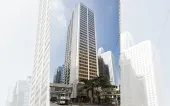

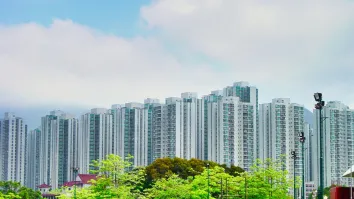
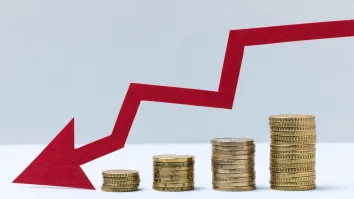
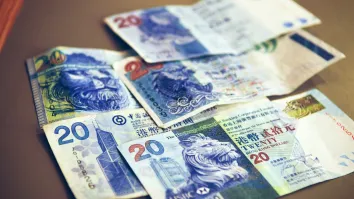

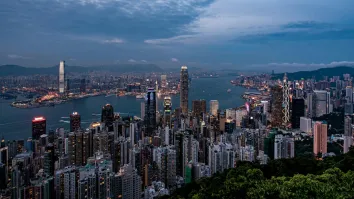







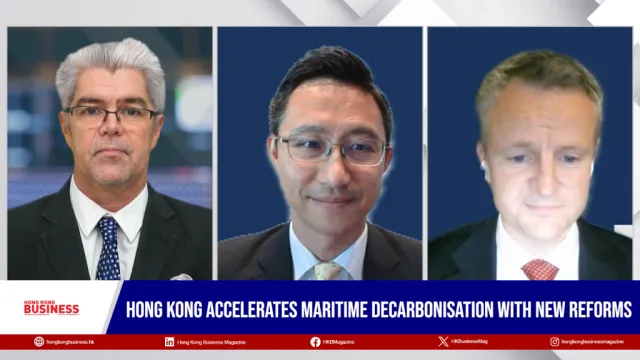
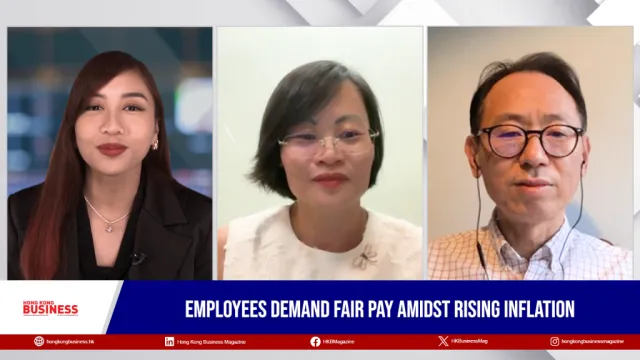

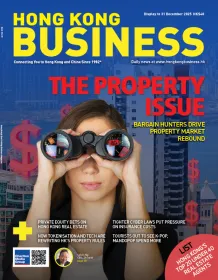
 Advertise
Advertise






